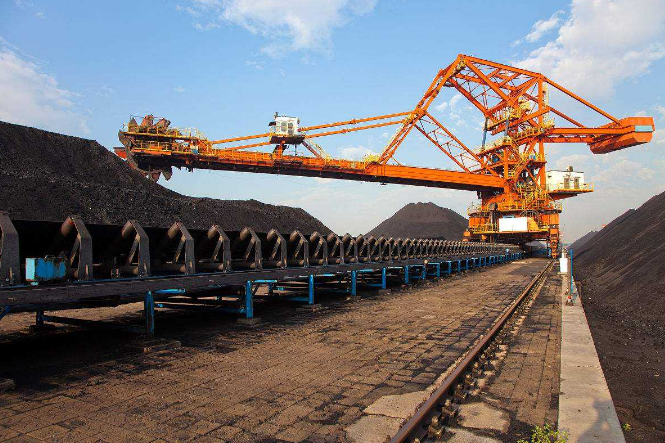What should I do if the belt conveyor suddenly stops in a high temperature environment?
First, cut off the power supply immediately to prevent further damage or danger to the equipment. Subsequently, a thorough inspection of the equipment is performed to find out the reason for the shutdown. Possible reasons include action of the motor stall protection mechanism, belt slippage, excessive belt slack, excessive lateral movement or wear of the belt, belt blockage caused by material return, etc.
If the stop is caused by the action of the motor stall protection mechanism, you need to check the load of the conveyor to confirm whether it is lower than the rated load capacity of the motor. If so, the load needs to be adjusted or the motor checked for damage.
If the vehicle stops due to belt slippage, it may be due to insufficient friction between the belt and the drum. You need to check and adjust the belt tension, or clean the drum to increase friction.
If the vehicle is stopped due to excessive belt slack or excessive lateral movement, the belt slack and position need to be checked and adjusted to ensure stable operation.
If the belt is blocked due to material return, it is necessary to clean the material adhering to the belt and check whether there are design or operational problems in the material conveying system to prevent a similar situation from happening again.
When troubleshooting and handling faults, be sure to pay attention to safety to avoid accidents such as burns and electric shocks. If you cannot solve the problem by yourself, you should contact professional maintenance personnel in time.
Finally, in order to prevent similar failures from occurring, the belt conveyor needs to be maintained and inspected regularly to ensure that the equipment can operate stably in high temperature environments. This includes regular cleaning of equipment, checking belts and rollers for wear, adjusting belt tension and position, etc. At the same time, it is also necessary to pay attention to the working environment of the equipment, such as ventilation, temperature and other factors, and provide it with a favorable working environment as much as possible.
